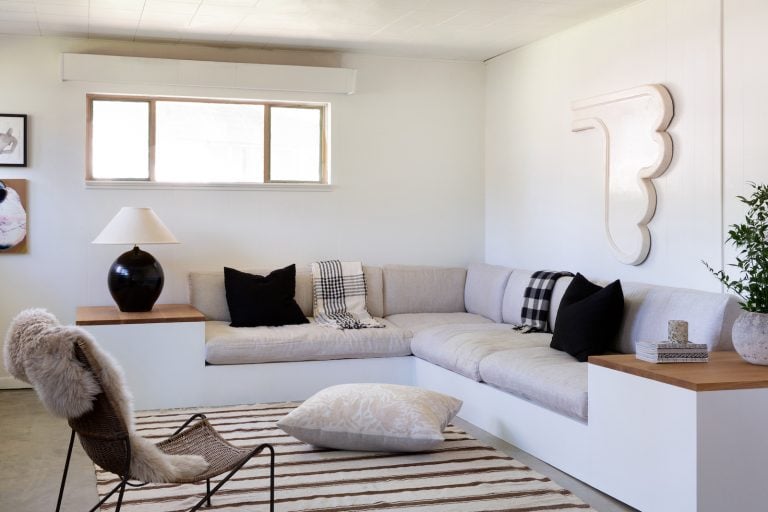
If you believe Instagram, your home should look like this: curved-lined furniture, dusty blue walls, two accent chairs, and a plush throw blanket. This aesthetic may or may not speak to you, but its familiar presence on interior designers’ grids these days almost seeps into your consciousness. Of all the interior design styles, it seems that this is the look to go after.
Here’s refreshing news for the industrialists, bohemians, and coastal cottage lovers among us: Today’s design rules are endless, non-binary, and inclusive of it all. No matter what IG says, it’s all about mixing it up. In short: anything goes these days. The key is to lean into what makes you happy.
Featured image of Ann Edgerton’s minimalist living room by Molly Culver.
In this article
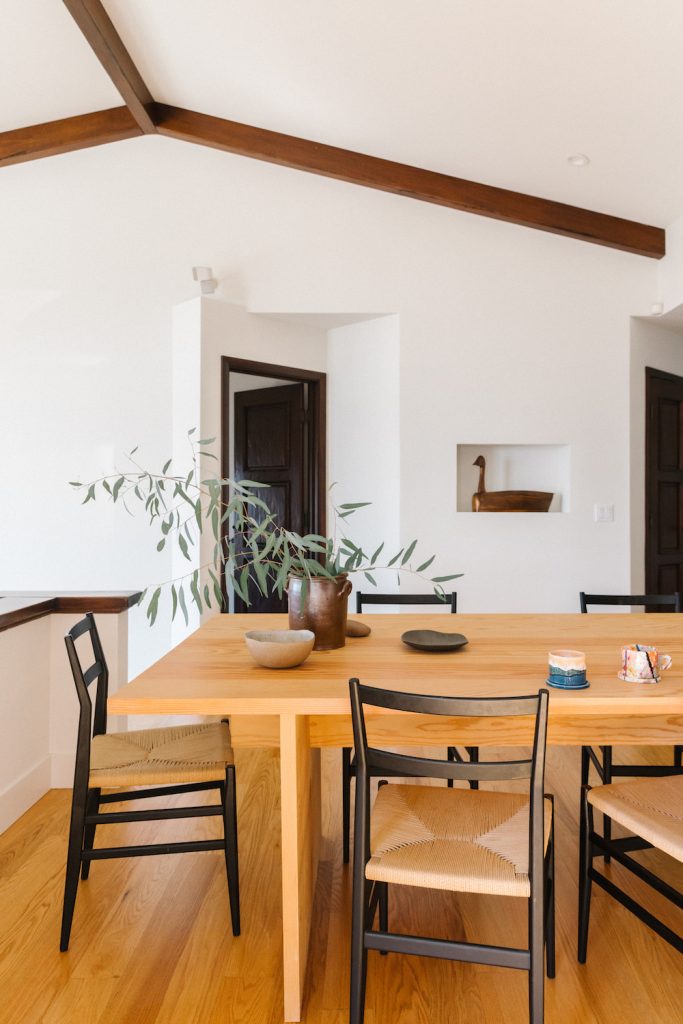
Your Guide to Most Popular Interior Design Styles
Of course, some guidance always serves. So to up your design lexicon and prove that a sea of looks exist for a room, here’s what to know about the top interior design styles—and how to pull from each.
Whether you love curved lines and dusty blues walls or want to paint everything in jewel tones, let this be your design guide to creating a home that’s totally yours.
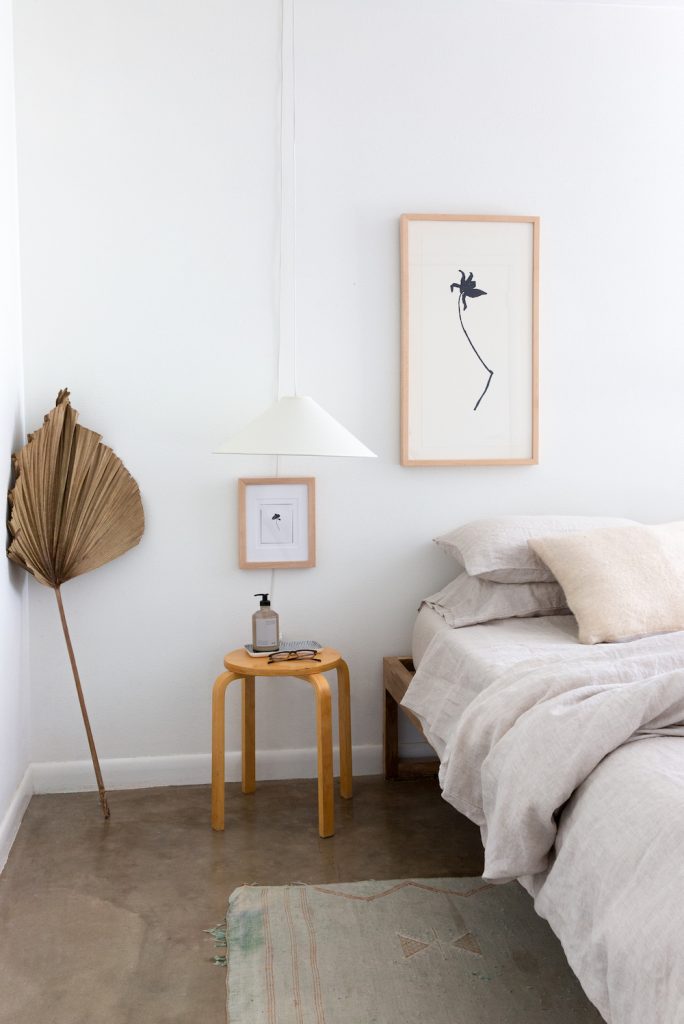
#1: Minimalist
Some call it ascetic, others bland, and many see this approach as a study of serenity and calm. However you describe this interior design style, one thing’s certain: Minimalism has had significant staying power. Simply put, a minimalist interior forgoes any extraneous décor accessories or added furniture to honor the essentials. Designers focusing on minimalist décor emphasize function, breathing room, and negative space. Everything has a purpose, whether it’s to provide comfort or beauty. The result is harmony and ease.
Key attributes of Minimalist design include:
- Sparse furniture that serves several functions
- Very few added objects
- Uncluttered negative space
- Even-toned neutral colors or black and white
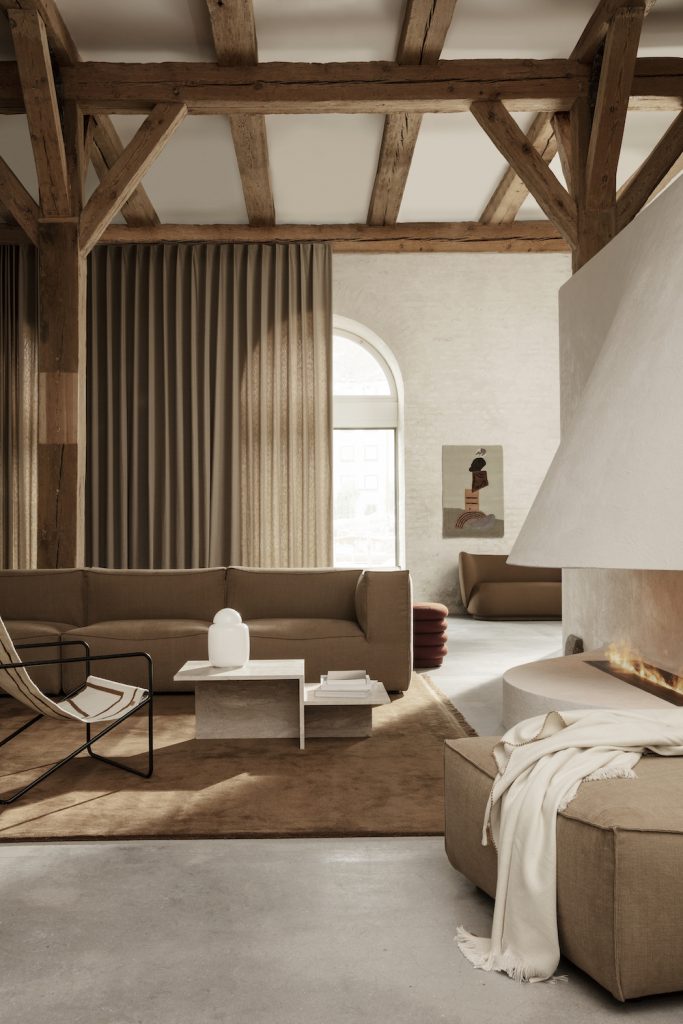
#2: Japandi
A blend of Japanese and Scandinavian design, Japandi merges two cultural aesthetics that share a love for nature and simplicity. Designers bring this look to life with natural hues and organic materials like wood, linen, and paper. Overall, the aesthetic offers an understated, simplistic vibe. As Laila Rietbergen, the author of Japandi Living, describes it, “less is more” regarding this calming design style.
Key attributes of Japandi design include:
- understated and quiet simplicity
- rich woods in various tones
- the use of multiple textures and tones
- organic shapes
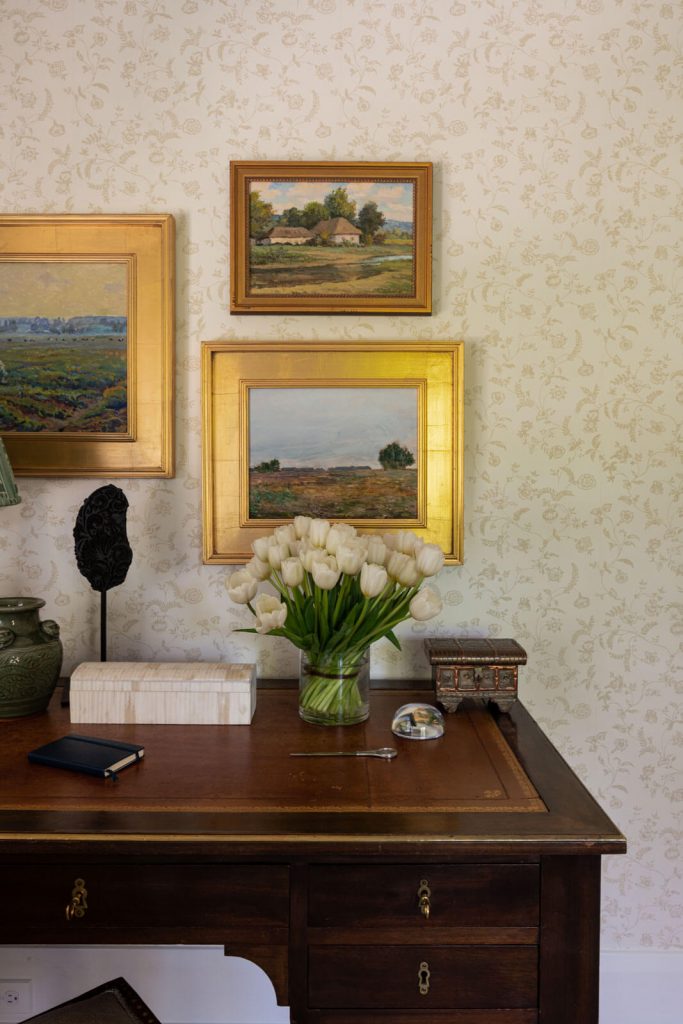
#3: Traditional
As its name suggests, Traditional interior design pulls from tradition—and history. Originating in the late 18th and early 19th century, Traditional roots come from the classic European décor readily found in period films and antique shops. This includes rich Mahogany wood furniture with details, patinaed brass, old-world glass and ceramic décor, and ornate art. Comfort is critical with traditional design embellished with lively patterns and colors.
Key attributes of Traditional design include:
- antique furniture
- a substantial nod to French and English homes
- timeless décor that harkens back centuries
- decorative colors and botanical prints
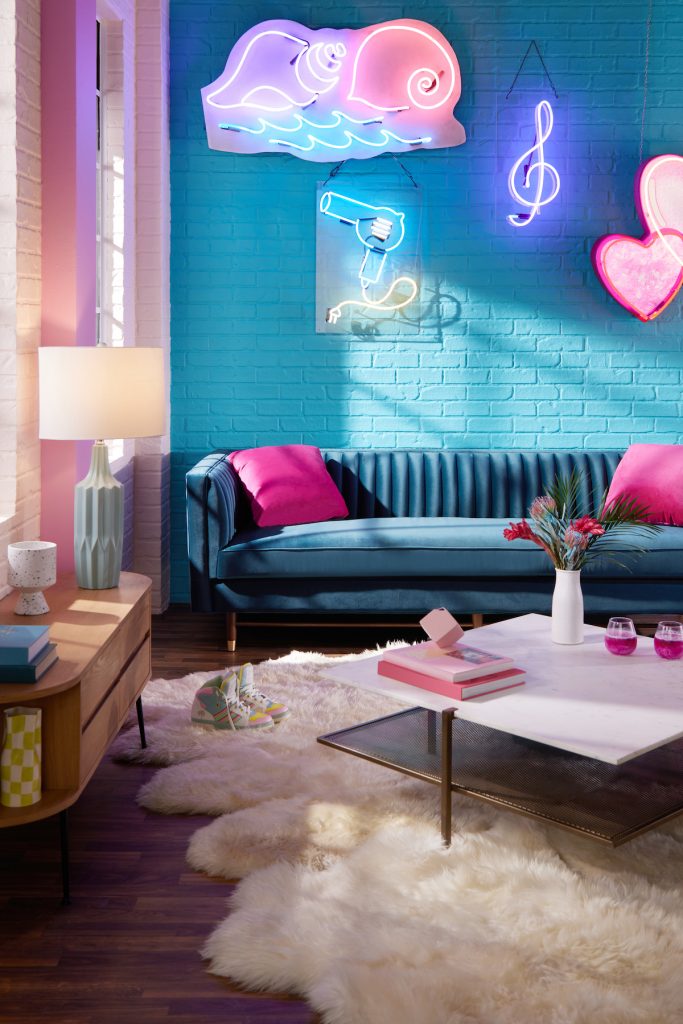
#4: Barbiecore
No other interior design style embraces pink in all its glory quite like Barbiecore. This aesthetic, which looks like Barbie herself morphed into a living room, has been taking over people’s social media feeds since the announcement of the Greta Gerwig-directed film Barbie. But it’s not all pink. This design style marries jewel tones, bold graphic prints, and utter creativity. As Gifty Walker, director of merchandising for Joybird says, Barbiecore is “a reminder to keep expressing our unique style, no matter what age we are.”
Key attributes of Barbiecore style include:
- golden accents
- contrasting colors of pinks, blues, yellows, and more
- curved lines
- ornate materials, such as marble
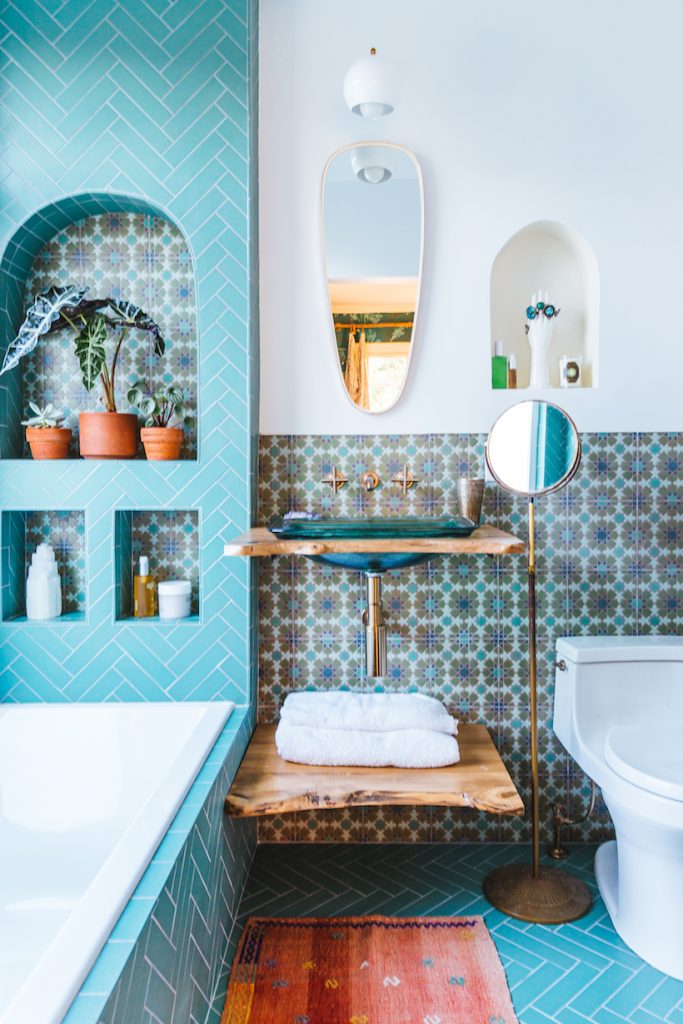
#5: Bohemian Modern
In the last 18th and 19th centuries, the streets of Paris and London started seeing a wave of iconoclastic fashion. Rebellish creatives were embracing bright colors and loads of layers. This look eventually became known as Bohemian, a calling to the group of people from Bohemia, an eclectic region of former Czechoslovakia. Today the Bohemian aesthetic embraces a no-rules, brightly colored, expressive look. It’s all about mixing flea market finds with tons of color and rich textures. The “modern” in Bohemian Modern marks any design decisions that honor today’s lifestyles, such as updated cabinetry and sleek tiles.
Key attributes of Bohemian Modern design include:
- a marriage of bright colors, especially turquoise, gold, fucshia, and red
- lots of vintage and antiques
- global textiles
- organic materials with patinaed metals
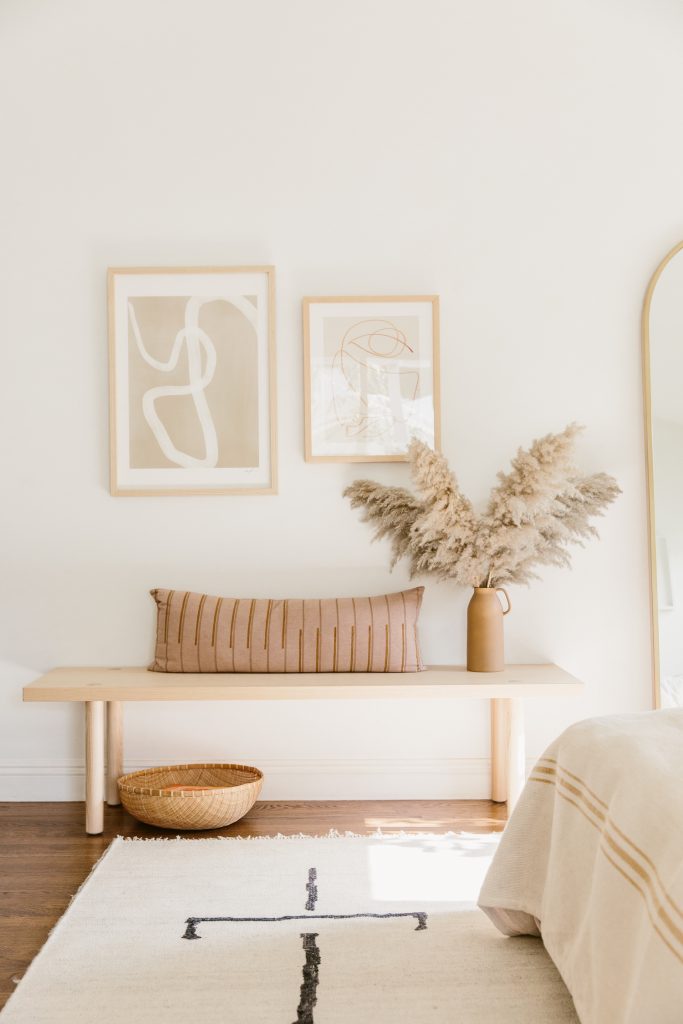
#6: Scandinavian
Step into the home of a Swede, Finn, Norwegian, or Dane, and you’re likely to experience immediate comfort. The Scandinavian region is known for its subtle-yet-comfortable approach to interior design. Much like minimalism, everything in a Scandi home has a purpose, but there’s less restraint and more eclecticism. Natural colors and elements reign, as do gentle edges, bright whites, and the iconic tapered sofa and table leg. The look merges utility, beauty, and warmth.
Key attributes of Scandinavian design include:
- soft edges
- light wood and natural materials
- thin, tapered furniture legs
- textural throws made of thick wool and soft cotton
- neutral grays, beiges, and creams
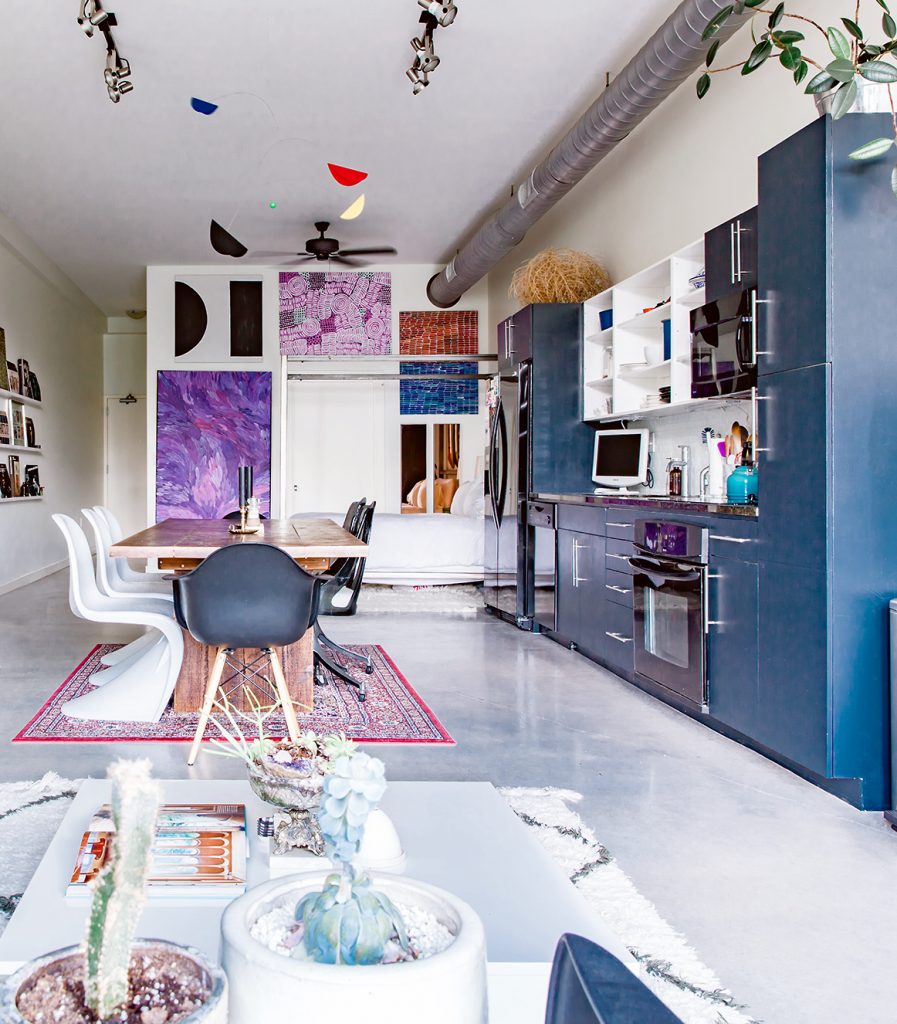
#7: Industrial
Industrial design agrees with a building’s nature. The best way to describe this is to take, for example, the old factory buildings in Manhattan’s Meatpacking District. When designers turned these hard-working buildings into loft homes, they honored the steel pipes and concrete walls by keeping them exposed. So much of industrial décor honors metal, brick, and concrete. High ceilings, large comfortable sofas, and grand art often soften hard edges and masculine tones. This is a mismatch of pieces that all work.
Key attributes of Industrial design include:
- exposed steel, brick, and concrete
- hard edges
- big sofas and tables
- metal accents and lighting
- weathered furniture
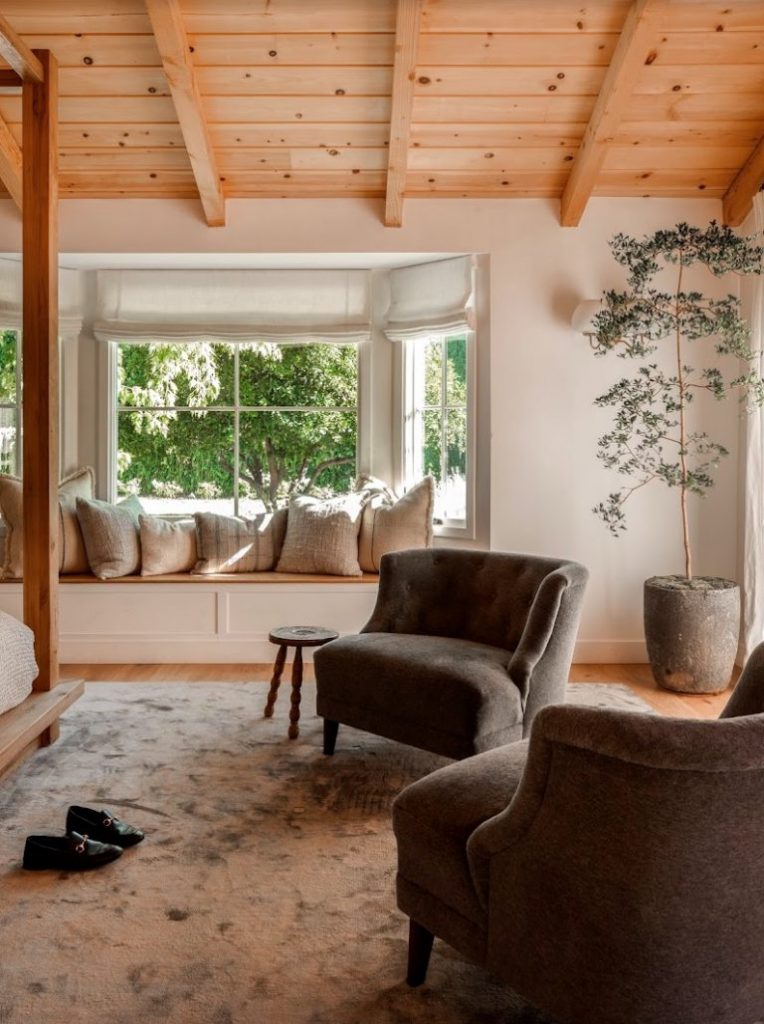
#8: California Rustic
The California Rustic aesthetic pulls from the west coast’s airy, breezy feel and marries with a bit of country farmhouse rustic. It matches California’s earthy vibes with a modern touch. The finished look is relaxed, effortless, and bright, emphasizing earthy hues and natural woods. Many often confuse this look with Minimalism and Scandinavian, which makes sense. The three design styles all share an affinity for the less-is-more approach. Also, because the Spanish colonial period has a substantial impact on California architecture, many designers weave in Spanish elements.
Key attributes of California Rustic design include:
- exposed high beams
- lots of rough woods
- large windows to let in natural light
- neutral beiges and light earthy greens
- indoor plants
- simple antique and modern furniture
- natural materials, such as jute and linen
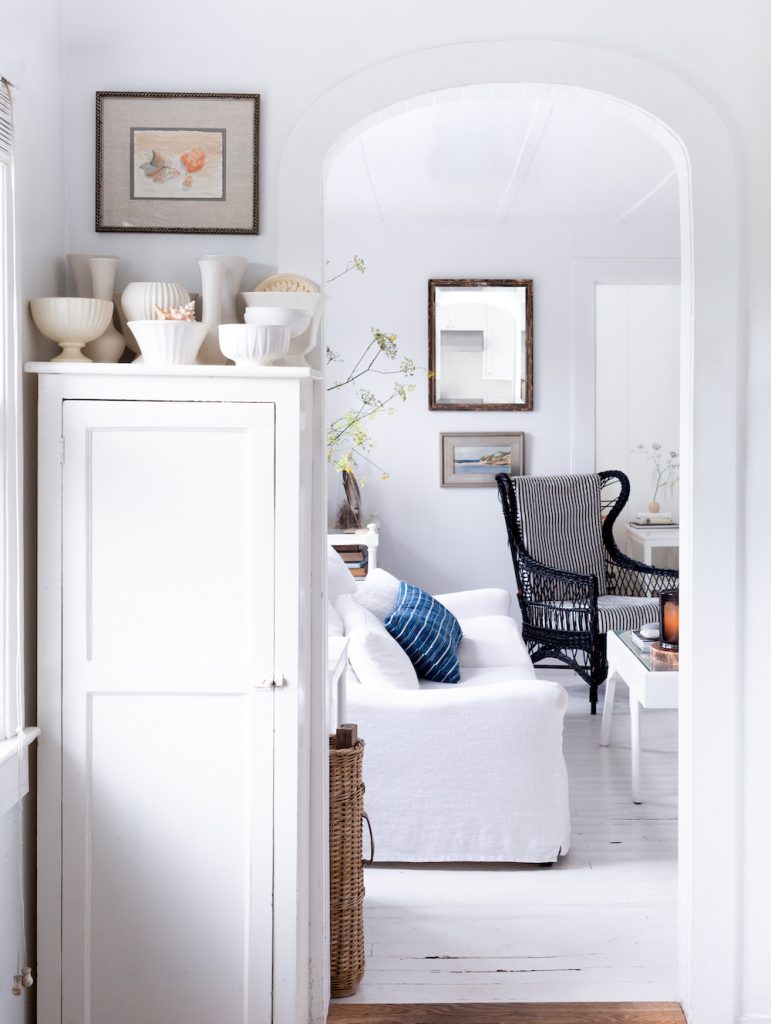
#9: Coastal Cottage
Informed by the sea, the Coastal Cottage style marries the coziness of California Rustic with oceanic décor items and colors. Bright white often provides the base, which is then accented by driftwood, seashells, natural prints, and rope décor. Giant plush couches, often in light shades of linen, anchor rooms. There’s an emphasis on comfort and airiness.
Key attributes of Coastal Cottage design include:
- sugary white paint
- plush linen couches
- navy and sky blue accents
- rope, driftwood, and seashell decor items
The post The Most Popular Interior Design Styles Today appeared first on Camille Styles.

0 Comments